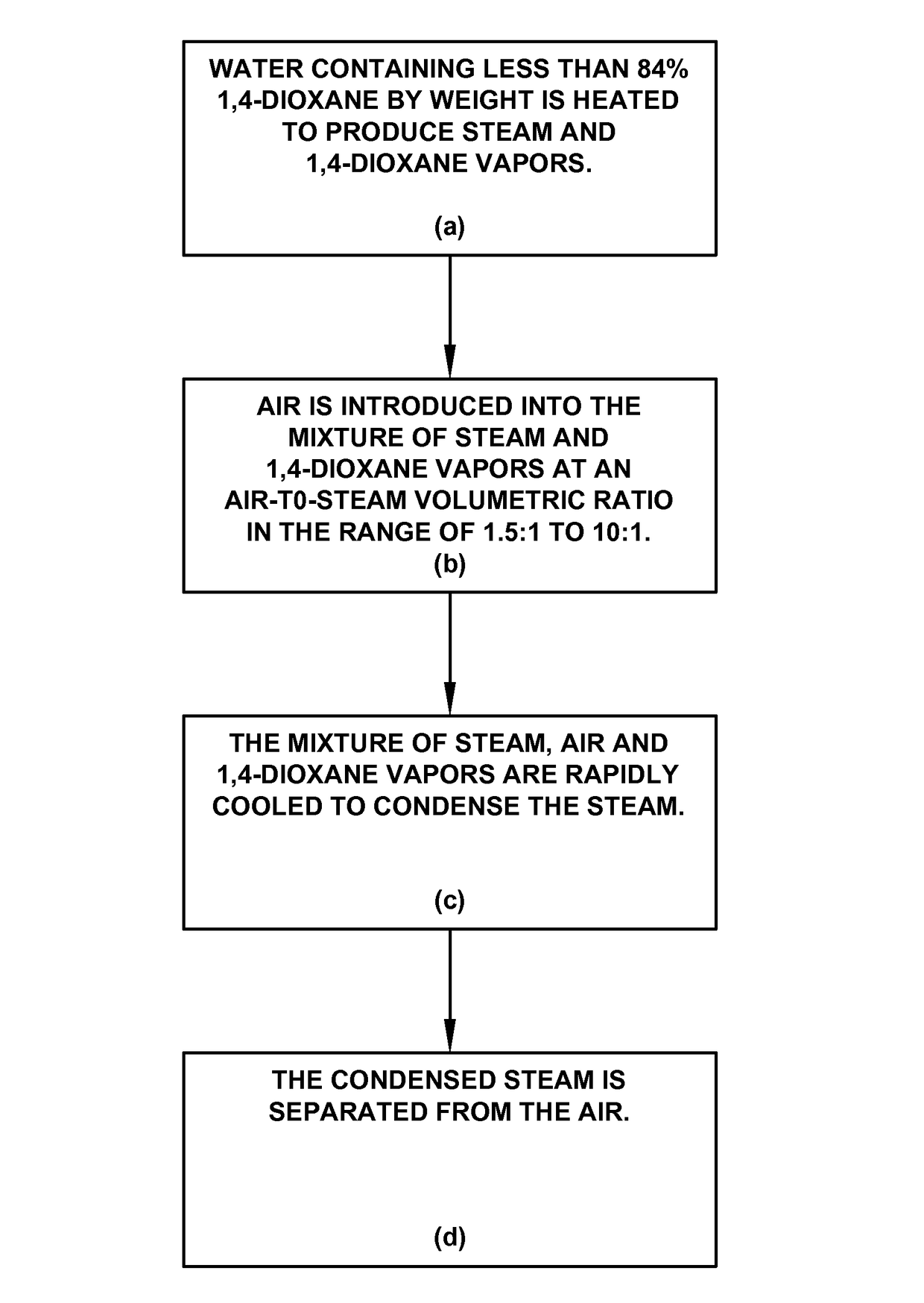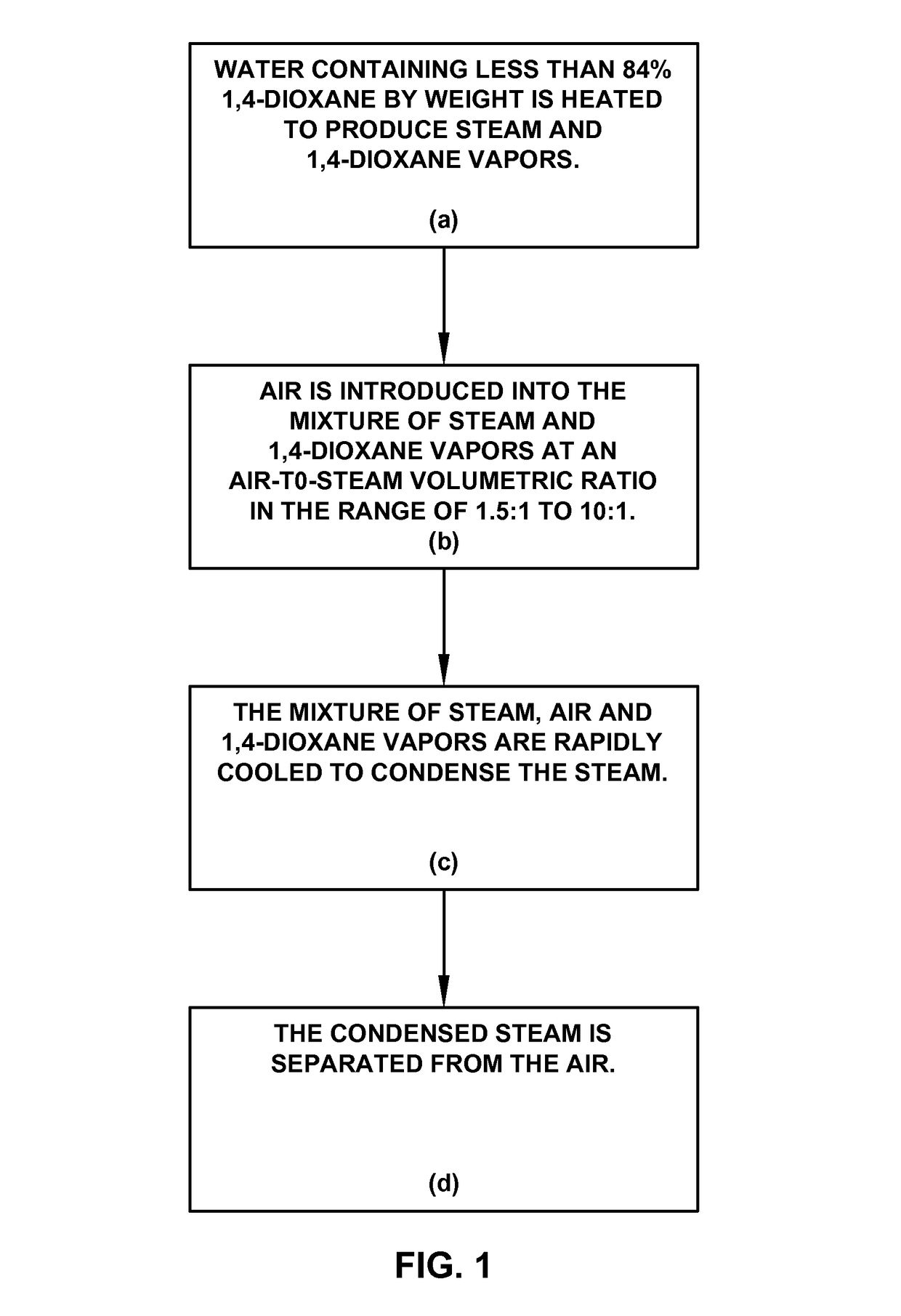Miscible solvent treatment
- Summary
- Abstract
- Description
- Claims
- Application Information
AI Technical Summary
Benefits of technology
Problems solved by technology
Method used
Image
Examples
examples
[0015]This treatment process that transfers the 1,4-dioxane to the air can be performed both in-situ or ex-situ. It is applicable to waste water or groundwater. An example of an in-situ treatment of groundwater is shown in FIG. 2 and is summarized as follows:
[0016]A heating system (1), such as ERH, steam injection, conductive heaters, strip heaters, cartridge heaters, radiative heating or other means of heating, is installed at a site that has groundwater (2) impacted with 1,4-dioxane at a concentration less than 82% by weight. The heating system supplies the groundwater with enough power and energy to cause the groundwater to boil. Groundwater is a term that includes the groundwater found in a fully-saturated soil system, perched water in permeable layers of soil, or the water that is adsorbed or trapped within the porosity of the vadose zone. The power used to heat the groundwater is typically greater than 25 watts per cubic meter to overcome heat loss to the surroundings.
[0017]Th...
PUM
| Property | Measurement | Unit |
|---|---|---|
| Temperature | aaaaa | aaaaa |
| Temperature | aaaaa | aaaaa |
| Temperature | aaaaa | aaaaa |
Abstract
Description
Claims
Application Information
 Login to View More
Login to View More - R&D
- Intellectual Property
- Life Sciences
- Materials
- Tech Scout
- Unparalleled Data Quality
- Higher Quality Content
- 60% Fewer Hallucinations
Browse by: Latest US Patents, China's latest patents, Technical Efficacy Thesaurus, Application Domain, Technology Topic, Popular Technical Reports.
© 2025 PatSnap. All rights reserved.Legal|Privacy policy|Modern Slavery Act Transparency Statement|Sitemap|About US| Contact US: help@patsnap.com



